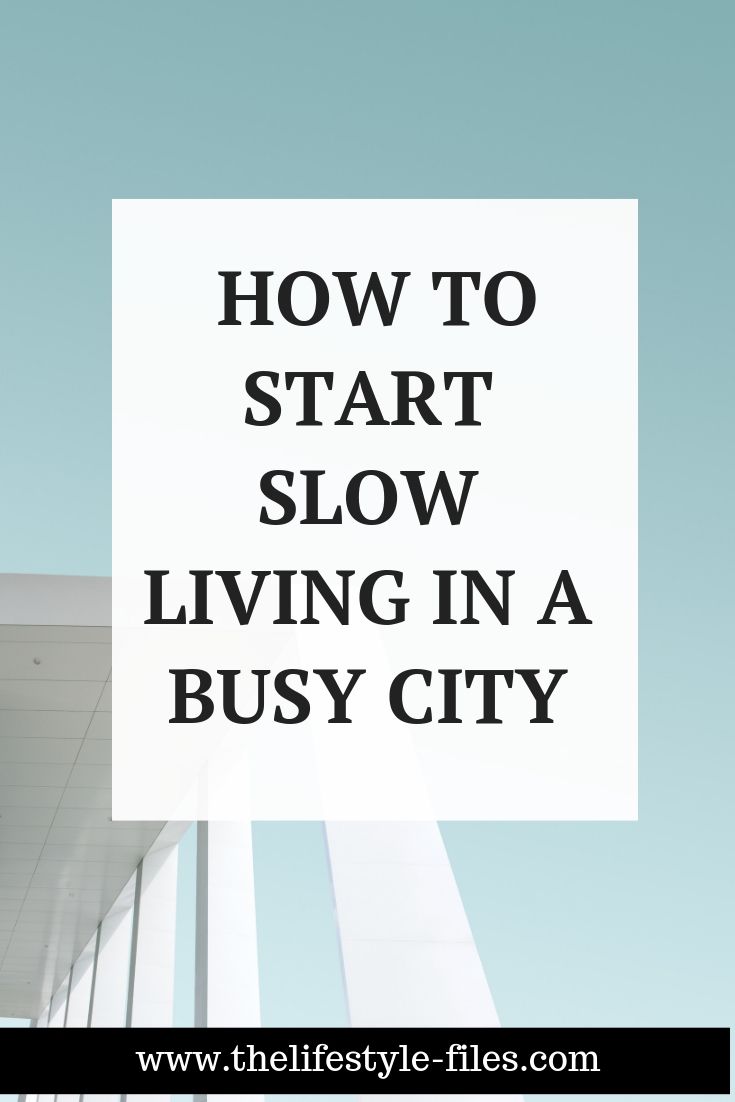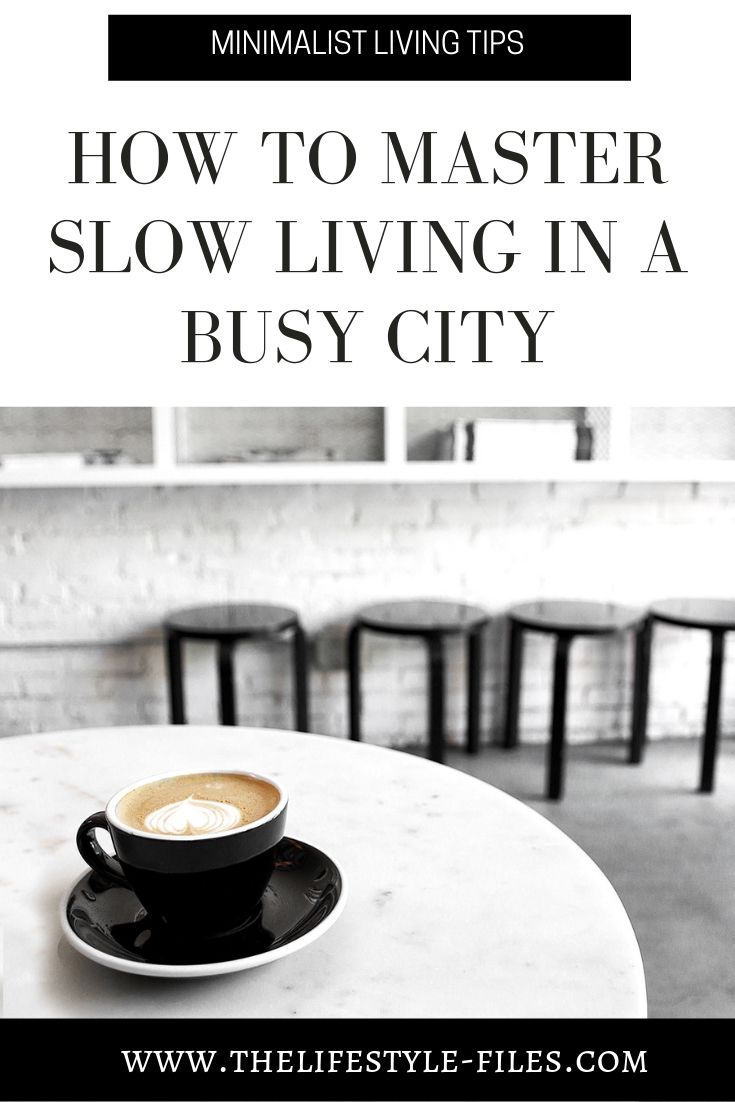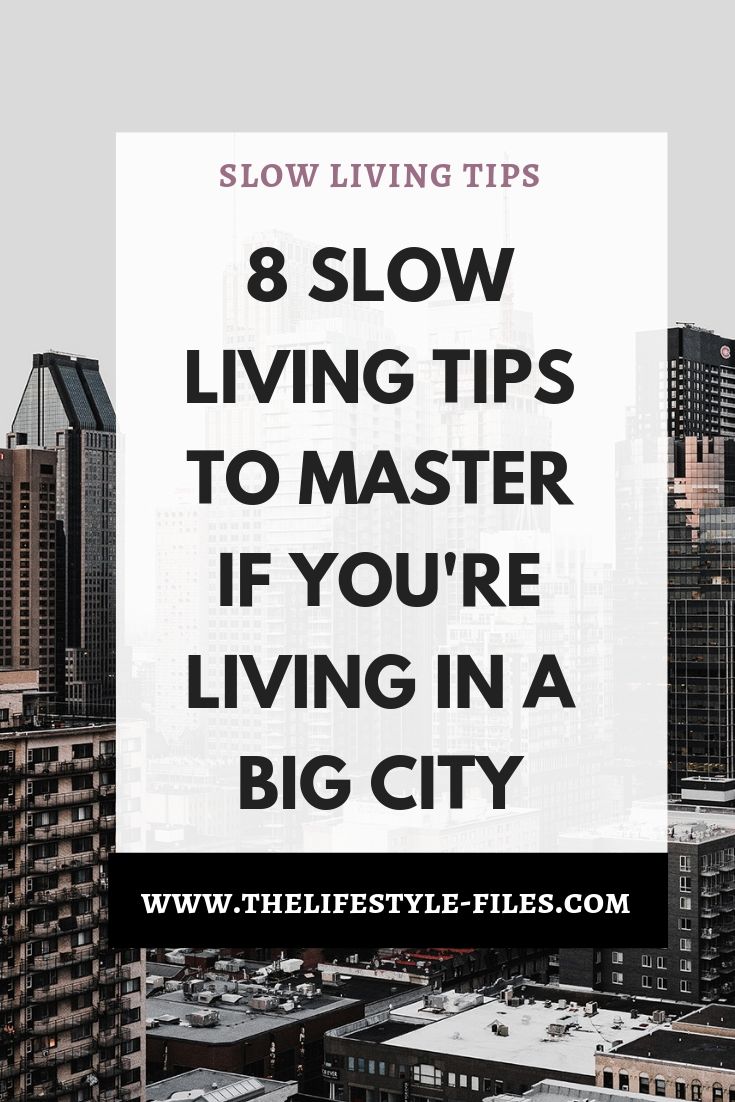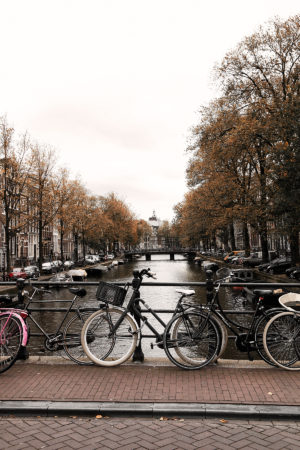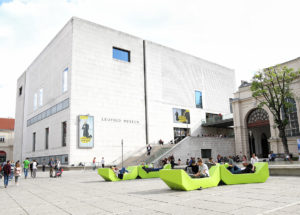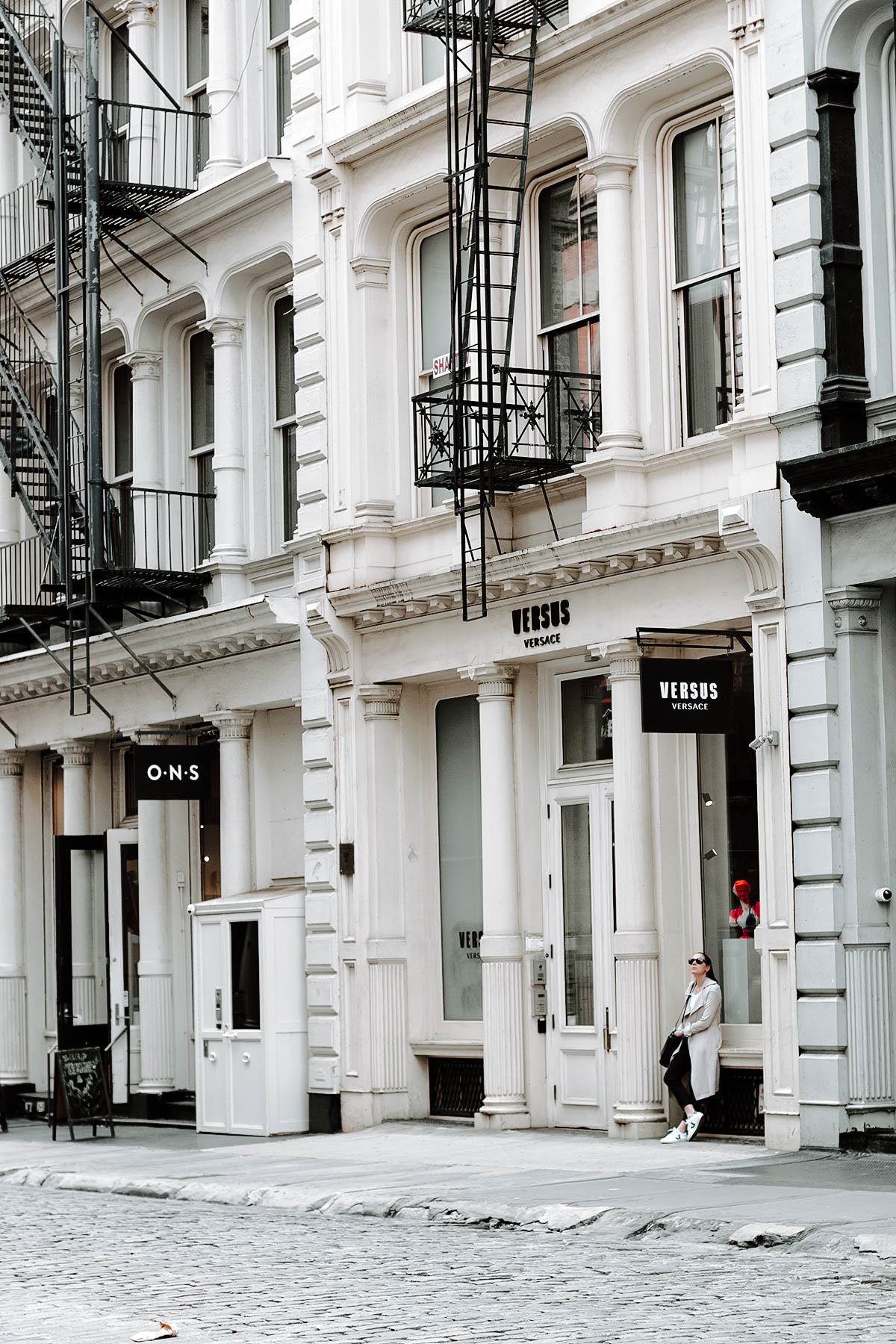 At first glance, slow living and an urban lifestyle might seem to be mutually exclusive things. Slow living is all about mindfulness, enjoying the moment, being connected to yourself and the world, and living according to your own pace. City living is often just the opposite: it’s fast-paced, chaotic, stressful, disorienting. We’re constantly rushed and pulled into a million different directions.
At first glance, slow living and an urban lifestyle might seem to be mutually exclusive things. Slow living is all about mindfulness, enjoying the moment, being connected to yourself and the world, and living according to your own pace. City living is often just the opposite: it’s fast-paced, chaotic, stressful, disorienting. We’re constantly rushed and pulled into a million different directions.
The visual imagery associated with slow living couldn’t be further from the typical urban lifestyle images. Slow living photography often focuses on nature, the outdoors, cute cottages, long beachside walks, beautiful hikes, baking, DYI, or cozy nooks accessorized with a steaming cup of tea and an old book.
But what if we simply do not have access to a countryside cottage surrounded by lush greenery? What if we’re living in the middle of a crowded, busy city? Does that really mean we’re permanently deprived of the chance to create a slower, more mindful and peaceful life?
And what if we actually love living in a city? How can we align this with the whole slow living philosophy?
The thing is: we absolutely can.
Slow living doesn’t have anything to do with our location and living environment. You can lead a totally relaxed and mindful life in the middle of New York and be constantly stressed in the most beautiful remote corner of the world (and vice versa). Slow living is not a geographical matter – it’s a mindset.
I, for example, love living in a city and right now couldn’t really imagine ever moving away. Yeah, city life can be stressful and it has its special issues. But with the right mindset, we can totally find the balance and set our own pace of living.
Here are a couple of tips that can help you practice slow living in a city.
Find your zen spots
Your home doesn’t have to be your only safe haven of peace in your life. Big cities are full of hidden spots where it’s possible to hide from the crowds and escape the hustle for a moment. It can be a cozy bench in a secluded part of the city park, or it can be your favorite art gallery, bookshop, or neighborhood café. Just find a happy place outside of the home where you can go to relax and recharge.
Stop consuming everything on the go
Coffee on the go, lunch on the go – it seems we’re perpetually in motion just to save time. While I’m usually a big fan of efficiency, this cannot be at the expense of health. And research says, eating on to go is, in fact, very bad for our health. Practice slow living and mindfulness by the simple act of sitting down and enjoying whatever you eat or drink.
If you’ve ever been to Paris, you know it’s full of tiny sidewalk café tables where people stop for a couple of minutes before or after work, drink their coffees, read their newspapers, or just sit still for a moment and watch people go by. It’s a busy city and people can still find the time for this good habit. So, next time, ask for “to stay” and enjoy the city go by while you sit still. Or, if you really wanna take the ‘to go’ option, find a nearby park or bench and enjoy your food there.
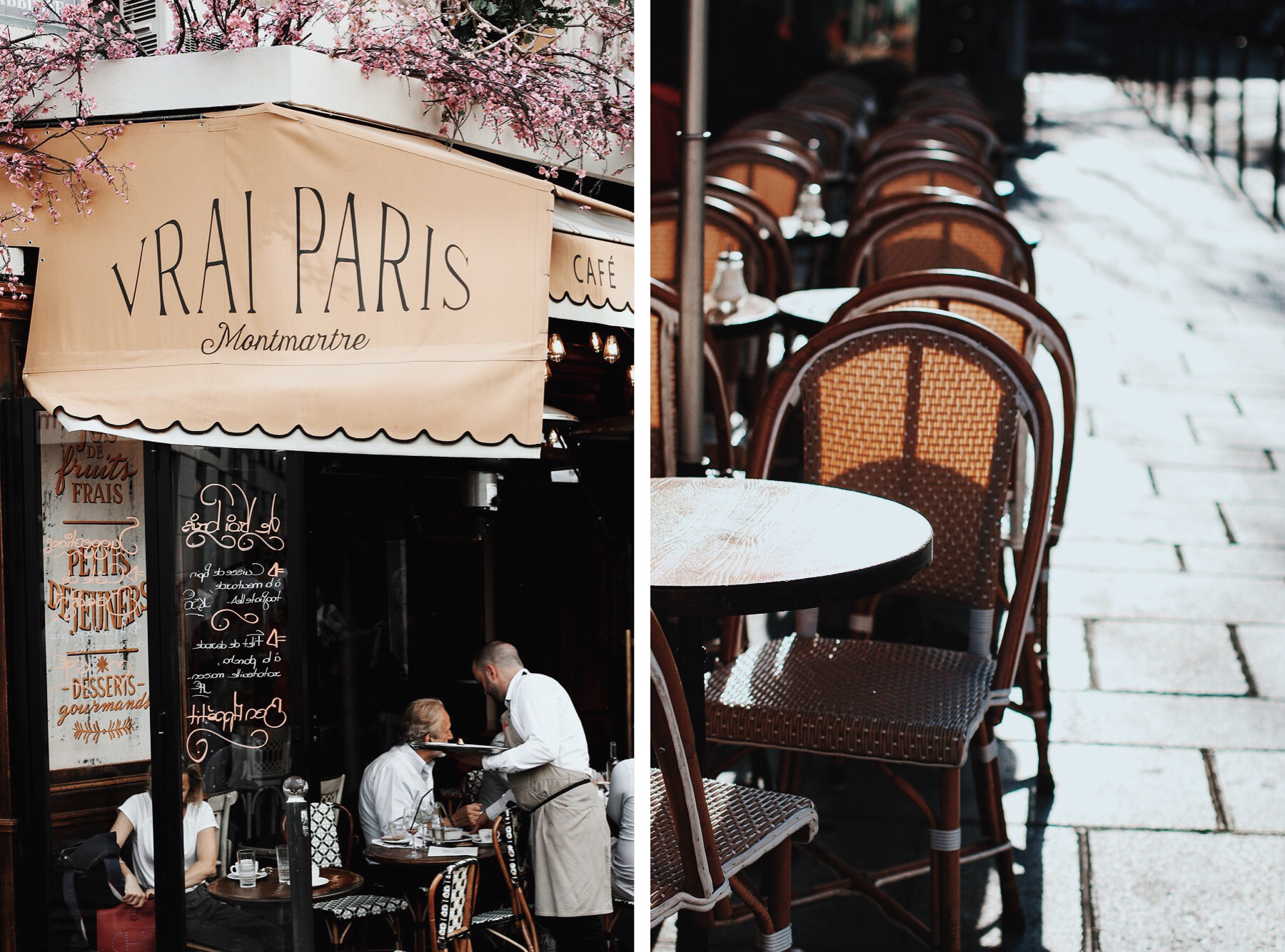
Be a tourist in your own city
Practicing slow living in a city comes very easily when we’re just visiting as tourists. It’s because we get the best parts of city living without the everyday annoyances. We don’t rush, we visit cool places, I even enjoy the everyday things like going to a supermarket just because everything is different. It’s a totally different state of mind.
But who says we cannot be tourists in our city – even just for a couple of hours?
I love spending a whole day just wandering around Budapest as if I were visiting. Trying to see everything with fresh eyes. Noticing the little things. Exploring areas outside of my usual route.
It gives me such a new perspective and I can appreciate my city a lot more.
Let go of the little annoyances
Getting stuck in traffic. People bumping into you on the streets. Someone’s talking loudly on the phone behind you. The ATM is out of money. The cashier goes on a break just as you’d be the next in line. A neighbor blasting loud music. Every single day we’re faced with a thousand little annoyances, all capable of ruining our mood and draining our energy.
Shutting out these things is not easy at all. But in the end, we must do something about them otherwise our whole life will be a constant source of stress and frustration. So, what’s the best way to deal with them? It depends on the situation.
If there is something you can actually do about the little annoyance, keep your calm, don’t let emotions take over, and handle it rationally (especially, if it involves dealing with other people – shouting usually doesn’t foster a spirit of cooperation).
If there’s nothing you can do, because the solution is totally out of your control – then just try to let it go. Dwelling on it will only make it worse for you. Ok, sometimes I allow myself 30 seconds of heavy swearing to channel out my frustration, but then I snap out of it and go on with my life.
Fill the idle hours
Probably the most annoying thing about living in the city is the sheer amount of time we spend going between places or just waiting – in traffic, at the post office, or in line. But who says we cannot make these dull, often frustrating moments more enjoyable, even productive?
I think the key to enjoying city living is trying to turn every seemingly negative thing into something positive. Listen to a podcast while you sit in traffic, catch up on your reading on your commute, or just sit and be immersed in your thoughts.
Practice the art of noticing
A month ago, we spent a week in New York City. I just love NY; it’s one of my favorite cities in the whole world. I visited it many times over the years, so I have thousands and thousands of photos of the major landmarks, the typical NY streets and crossings, the architecture, or the parks. This time, I tried to pay more attention to the small details.
It started with a cool graffiti I saw somewhere. It inspired me to make an urban aesthetic series (you can see some of them in the Instagram highlights) and I started noticing the beauty in the seemingly mundane things. It was so interesting to see a different face of the city and realize how limited our attention usually is.
This photography game is something I plan to continue at home as well – it’s such a valuable mindfulness exercise.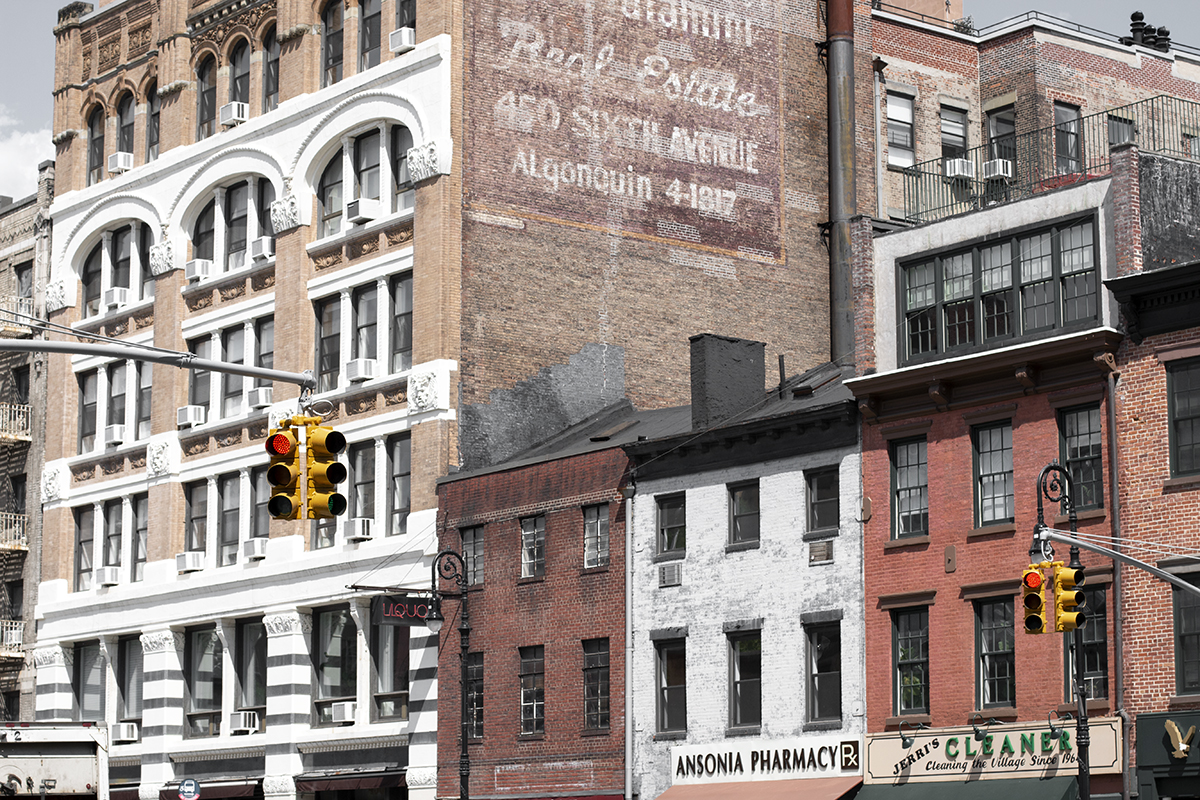
Let go of FOMO by planning
FOMO is the archenemy of slow living. While slow living is about mindfully savoring experiences and enjoying what we’re doing at the moment, FOMO leads to constant anxiety about what we’re missing.
FOMO is a real issue that needs to be dealt with. Unfortunately, city life provides an endless amount of FOMO sources – there’s so much happening at any given moment, it’s impossible to be present everywhere. So, the first thing we gotta do is accept this. We must make choices and prioritize some things over others.
For me, the best way to deal with FOMO is planning (see this post on why I’m planning my weekends). By planning, I always feel like I gain a sense of control over my life because I’m the one who’s making a conscious decision. I love browsing weekend and seasonal guides on what’s happening in my city and selecting the ones that interest me the most. Another benefit of this is the slow buildup. Having something to look forward to is sometimes half the fun and makes you appreciate the experience a lot more.
Thrive on the energy and be inspired
Instead of thinking of a city as a source of sensory overload, view it as a never-ending source of inspiration. Whenever I feel like I hit a creative block, I go out and just wander around my city and let its unique energy inspire me.
Art galleries, museums, street art, literary events, concerts, food festivals, design shops are obvious creativity hotspots. But city life has plenty of more creative inspiration to offer. Quirky storefronts, architecture, people watching, overheard conversations, everyday human interactions, street fashion, the golden hour light reflecting on the surfaces – there are a thousand surprises that can ignite our creativity.
Do you live in a big city? If yes, how do you balance the fast-paced city life and slow living?

